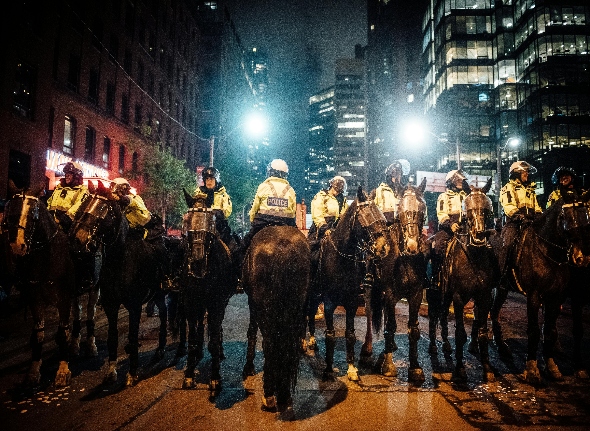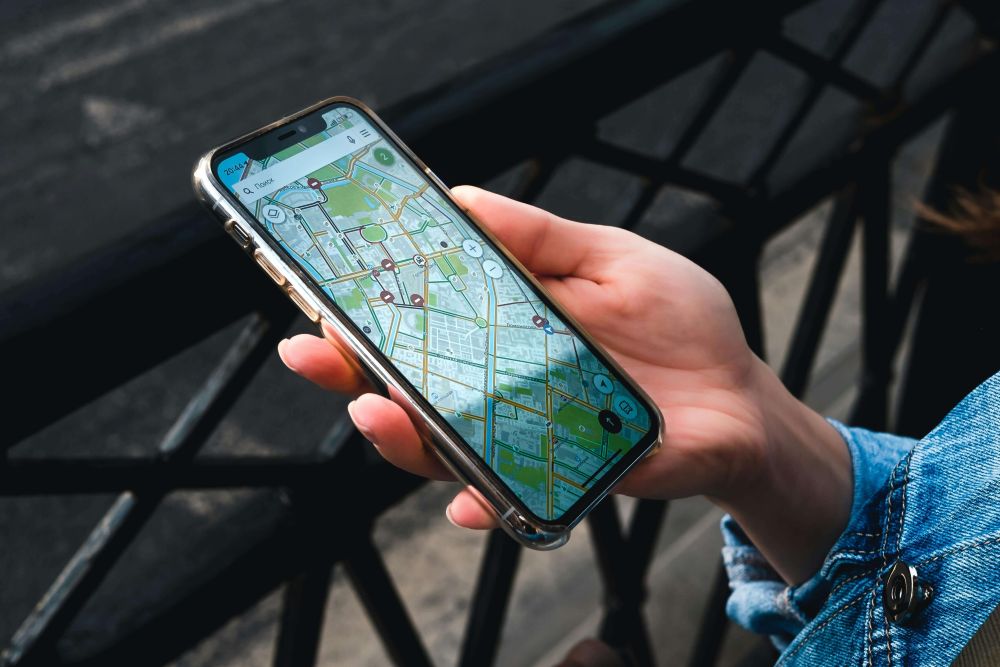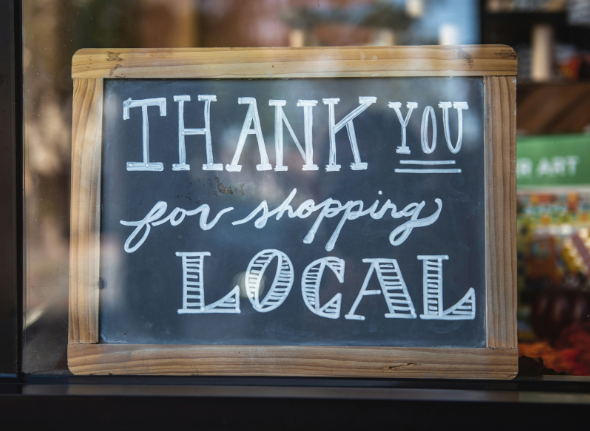How to stay safe during times of unrest and protest
With protests and racist rhetoric on the rise, it’s important to know how to stay safe, especially if you in an area close to unrest. Read this article, produced with information from the Immigration Social Work Services, to learn some useful things you can do to help stay safe.


What is currently happening?
Over the last month (August 2025) people have been protesting outside hotels that are housing asylum seekers. This is because this group of people are not happy with the number of migrants and immigrants arriving in the UK. Although it is legal to protest, there have been many examples of these, and other, protests turning violent, making the area in which they are happening unsafe and an unpleasant place to be, especially if you are not part of the demonstration.
It is always worth doing your own research, on credible sources (such as national news websites) to understand what is going on before forming opinions. We’ve written an article about misinformation and fake news that could help you take in information in the safest way possible.
What are protests?
Protests are public demonstrations aimed at expressing disapproval towards a specific idea or actions, often linked with political motivations. They come in many forms including mass gatherings, civil disobedience and non-violent action. Everyone has the right to protest, however this only counts for peaceful protests. If there is violence, or damage to people or property, the police have the power to stop the gathering.
Many protests are safe, community focused demonstrations. Protests can express disapproval or sometimes they are expressing approval for ideas, or they could be vigils for a person or group of people. If you want to go to a protest, make sure you read and understand the official guidance and information to stay safe.

Other things you can do
Create a “safety map”
Use a printed or digital map and identify “safe zones” in that area. These could be libraries, family members houses, youth centres, school or colleges, or other places you know well and are safe. Add in some contacts for you to should you need to get hold of them. You can also use this map if you are aware of where protests are so you can make alternative arrangements and avoiding specific routes.
Speak to a trusted adult
It is normal to feel a lot of different emotions during times of unrest including anger, fear, or confusion so speaking to a trusted adult means you can validate those feelings and work through them. If you do not feel comfortable speaking, writing in a journal could also be a good way to acknowledge your feelings.
Find out more
Support for children, young people & families with current social unrest from i-THRIVE
The National Youth Work Academy have produced a Speak Out Toolkit
Get mental health support from Young Minds
Related

Why You Should Shop Locally This Small Business Saturday
[rt_reading_time...

What is AI?
[rt_reading_time...
